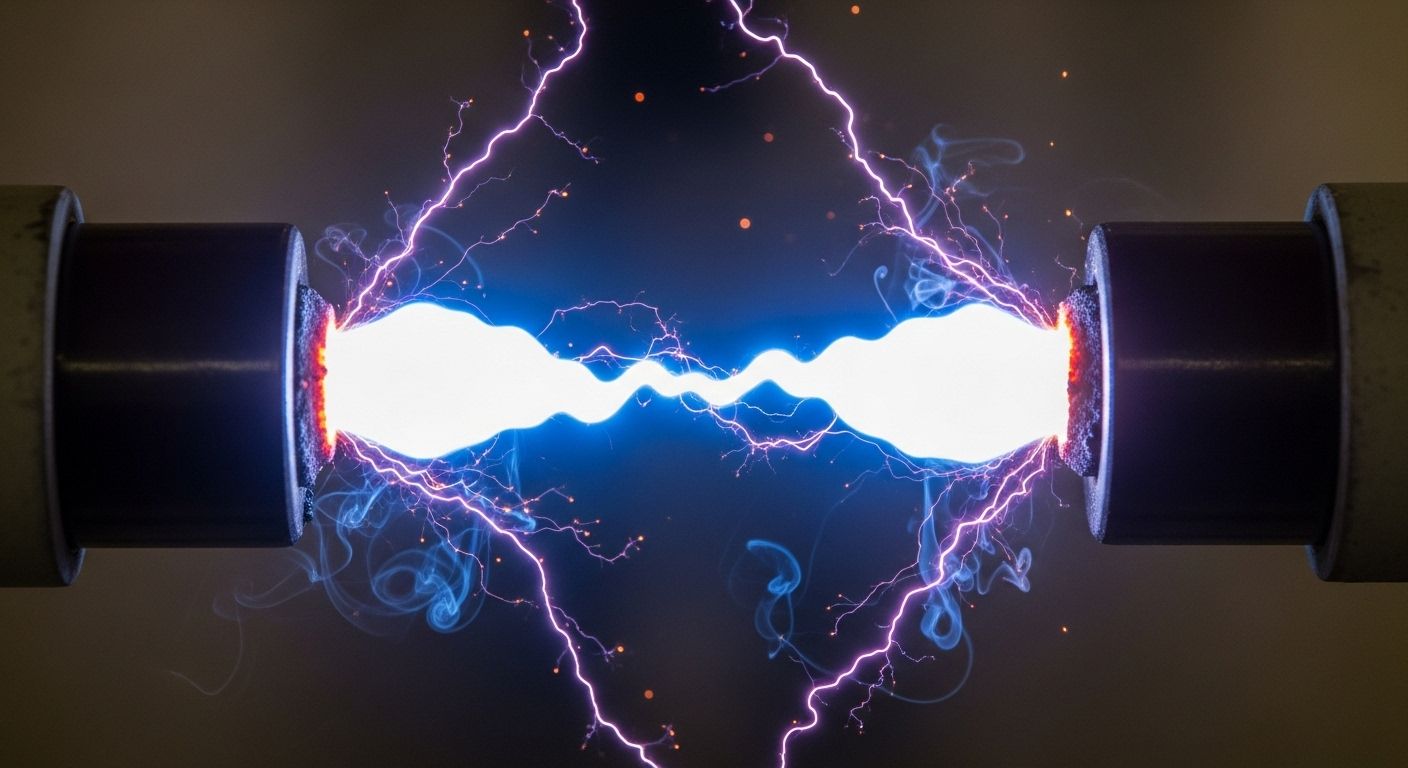
Introduction to Electricity is a foundational physics module that illuminates the invisible force powering modern life. From smartphones and streetlights to entire power grids, electricity is the lifeblood of technology and infrastructure.
This lesson introduces the essential concepts behind electrical phenomena, helping learners understand how electric charge behaves, how current flows, and how circuits bring energy to devices. Whether you’re a student, technician, or curious mind, this course offers a clear and engaging entry point into the world of electricity.
⚡ By the end of this lesson, you’ll be able to:
This lesson is ideal for students beginning their study of physics or electronics, educators introducing electricity concepts, and anyone interested in how electrical systems work.